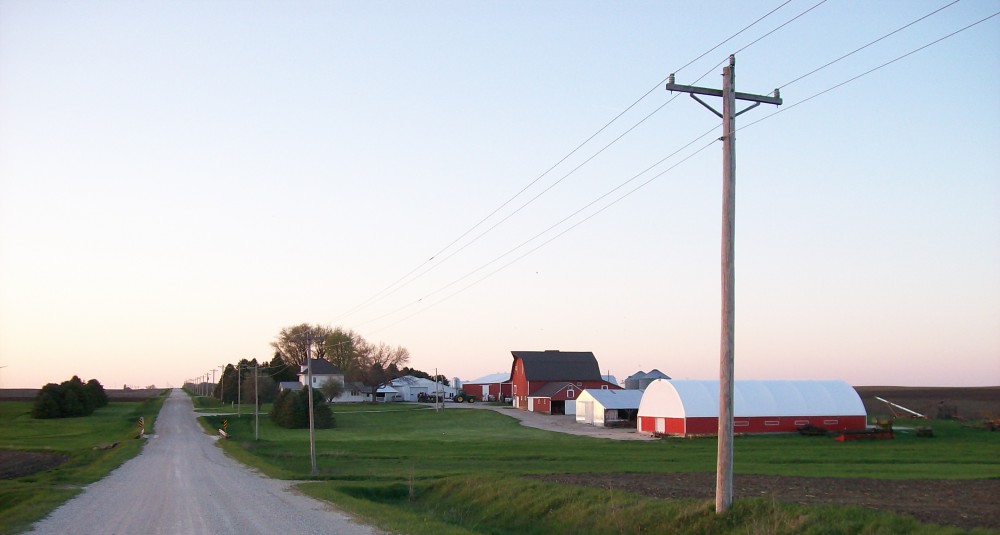Last Thursday our morning began with a visit with one of HN’s former classmates, Jenny Terry, who heads up the Iowa Environmental Council. With her, we opened a dialogue about the current state of the quality of the water in Iowa. This organization’s primary focus is to work with legislators to enact policy and regulations with the intent to improve water quality and punish those who pollute the waterways. Topics included drainage districts, the lack of well water tests, and what the right approach to this problem really is. Later in the afternoon, we met with Omar de Kok-Mercado and he showed us the STRIPS project he was working on. The goal of prairie strips is to reduce the erosion which is caused excessive amounts of water on bare soil.
Friday again signified a shift in gears regarding the subject matter of the course. Previously we had met with many representatives of conventional agriculture and very few who represented the other side of ag. Visiting Grinnell Heritage Farm and the Red Earth Gardens allowed us to experience the sustainable side of agriculture first hand. The people at Grinnell preached mostly about the pitfalls of big and conventional ag versus organic ag practices. Meanwhile, at Red Earth Gardens, their practices were more focused on furthering the lives of the people on the Meskwaki Settlement through teaching them practical life skills in their garden.
One of our earliest days on the trip was Saturday when we had to be on the road by 6/6:30 in order to make it to Whiterock for a service event by 9. There we helped weed a pasture and also met with Liz Garst. With her, we talked about the modern farming crisis and how conventional agriculture practices were reducing the quality of the soil and endangering the environment. While her views were similar to those held by others on the trip, no two people have had matching agendas. This lack of uniformity further illustrates the divide between camps when it comes to solving the problems of Iowa.
After Whiterock, we began our journey to Essex where we met up with distant relatives of one of the students on our trip. The Liljedahl family owned over a thousand acres of terraced soybean and corn cropland as well as a hog operation. It was interesting to see just how interlinked Iowa is with family heritage in addition to food processing in the United States. Moreover, being able to get a firsthand look into what a hog operation and hog barns were like on the inside was eye-opening.
FARM
Furman Students Investigate Ag Practices, Policies, and Politics in Iowa
